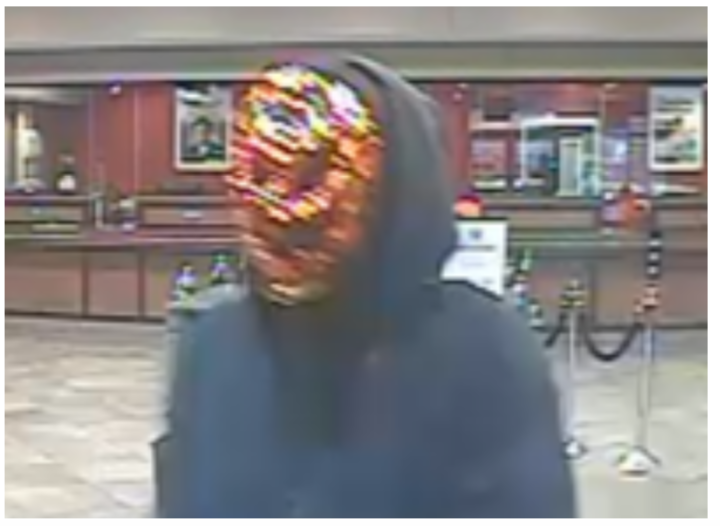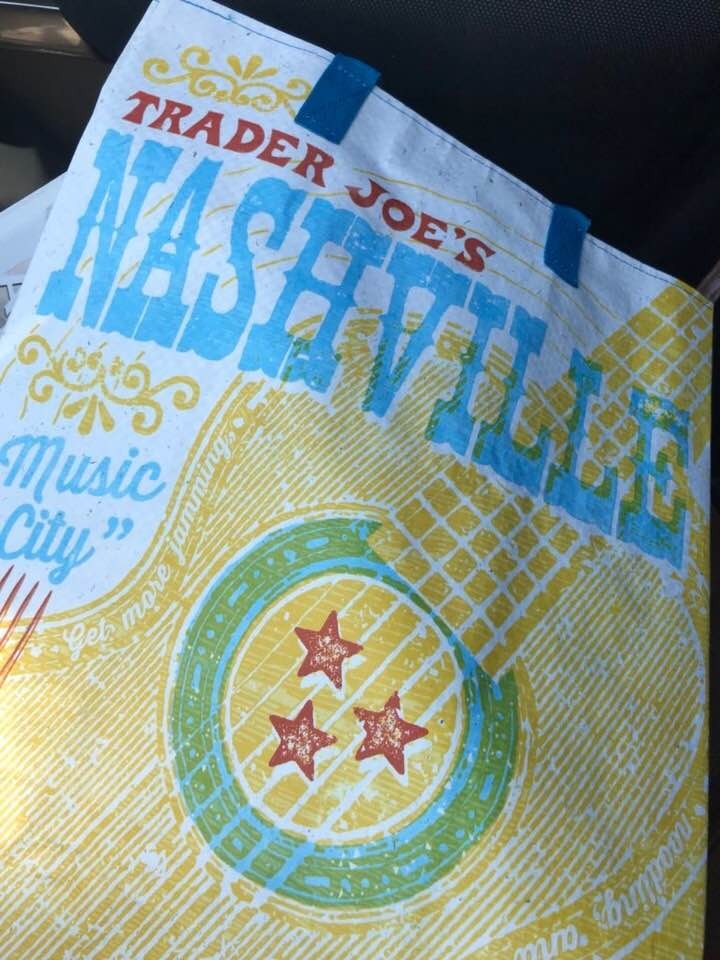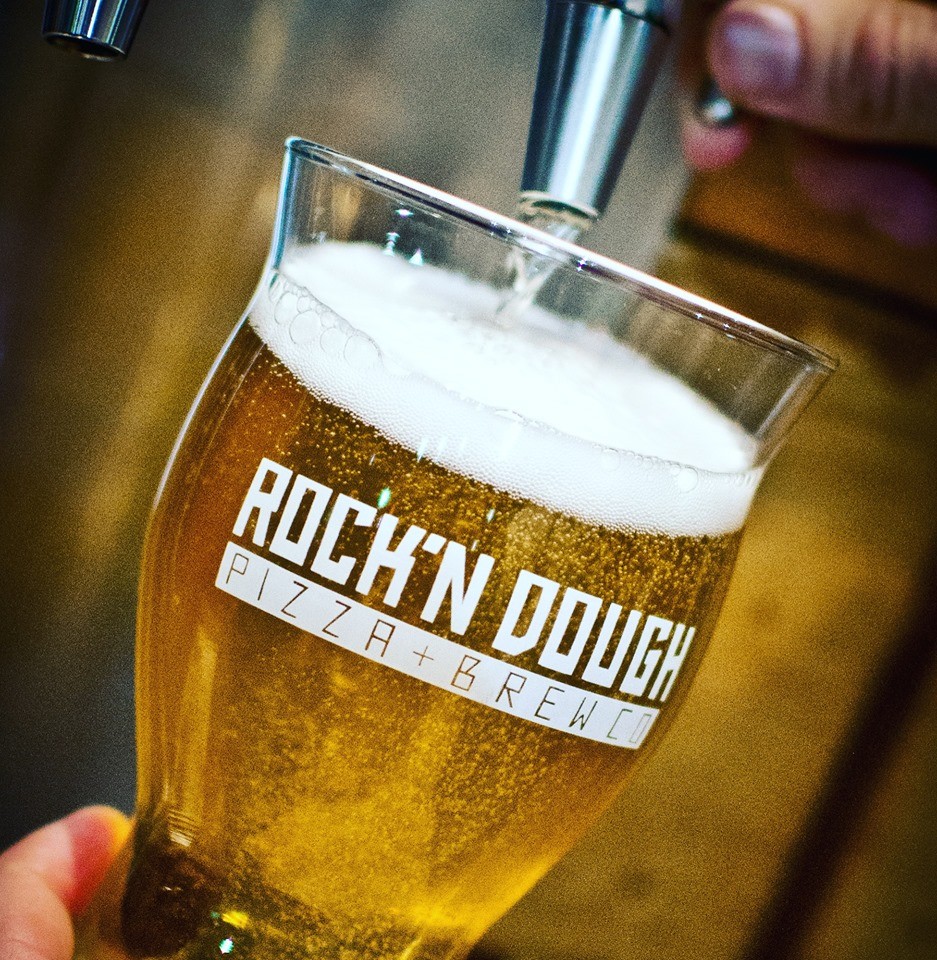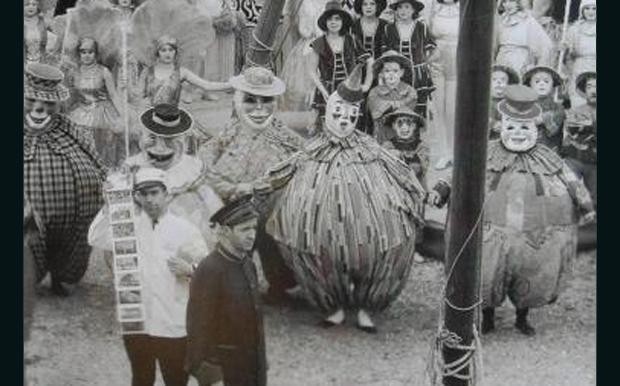When Jeremy Denno ordered his first mobile wood-fired pizza oven from Italy, he didn’t anticipate that his venture into owning his own business would turn into a sort of pizza dynasty.
“It was definitely rolling,” Denno says of his first food truck, Rock ‘N Dough Pizza Co.
That was in 2012.
In early 2013 the former Trolley Stop Market pizza pro opened his first brick-and-mortar restaurant at Park and Ridgeway, soon to be followed by another brick-and-mortar eatery in Jackson, Tennessee, but this time with the words “and Brew Co.” added to the name.
It didn’t take long for Denno and company, namely his wife, mother, and brother, all who work with him in some capacity, to outgrow the East Memphis location, and in 2015, they moved to 3445 Poplar at the corner of Highland.
“It had a bigger kitchen, so we could have a full menu,” Denno says.
Most recently, Denno added Germantown to his list of addresses.
In April, he opened his third brick-and mortar-establishment at 7850 Poplar in the old Maui Brick Oven space across from Whole Foods.
“They were looking for someone to take over their spot. They already had an oven, the mixers, and all the equipment, and we were looking for a presence outside the 240 loop,” Denno says.
Needless to say, business is good.
Folks are still lining up for the New York/traditional, hand-tossed USA! USA! — their version of the supreme — or the Spinning Goat, with spinach, mushroom, and goat cheese. And devotees are also now trying brunch on Sundays, which will eventually expand to Saturdays. Ditto for the wings, burgers, and appetizers, such as Garlic My App — housemade bread with garlic butter, tomato sauce, and goat cheese ($6).
Denno points to his dedication to being an in-house maker and using local ingredients for his success.
“One of the biggest things about what we’re doing is that everything is made in-house — the bread, the sauces. Our veggies are prepped fresh every day, and our meats are roasted and smoked here,” he says.
That, and the fact that he likes to keep it a family affair, even if it’s a joint-family venture.
“Last year we partnered with the Moody Group, a family out of Louisiana. That was always my goal — to get the attention of somebody to help me grow what I think this could be, but they’re still a small family,” he says.
“That’s always been my motto, that we are family-owned and operated,” he says.
As far as the food truck, it will be back and rolling in September.
“We take off during the summer because it’s just too hot, but we’ll be back to full catering in September. That’s the pulse of the business,” Denno says.
Rock ‘N Dough Pizza, 3445 Poplar, Suite 1, 512-6760; 7850 Poplar #6, 779-2008. rockndoughpizza.com
Grimaldi’s Pizzeria can now add Tennessee to its list of states where it serves up its award-winning and distinct coal-fired-, brick-oven-cooked pizza.
On June 21st, the famous pizza chain (which has boasted groupies such as Frank Sinatra and Rudy Giuliani, who were/are regulars at its original Brooklyn Bridge location) opened its doors to the Memphis demographic in Saddle Creek in Germantown.
“The demographic of the area is very good, and it fits our model,” Grimaldi’s president and COO Eric Greenwald says.
The cooking tradition is 100 years old and incorporates 25-ton, hand-built ovens that use 100 pounds of coal daily, heating up to 1,000 to 1,200 degrees and cooking the thin-crust pizzas in three minutes. They also pay attention to their water, using a system that recreates the mineral content of the water used in the original New York establishment.
“It’s a very unique flavor with the coal, and it’s cooked all the way through very fast. So with the New York-style thin crust, it doesn’t dry out,” Greenwald says.
Grimaldi’s serve their pizzas with housemade mozzarella and a secret sauce and several other proprietary ingredients. The restaurant chain specializes in pizzas, calzones, antipasto, salad, and desserts.
“That’s our ‘KIS.’ We keep it simple with five things,” Greenwald says.
They also serve local beers, an extensive draft selection, and a “user-friendly” wine list.
The original Grimaldi’s operated under the Brooklyn Bridge until the owner, Patsy Grimaldi, sold the restaurant to Joey Ciolli in 1995, who later called Greenwald to join in the fun.
“Joey and I had always talked about doing something together. He called me and said, ‘I know what we’re going to do the rest of our lives,'” Greenwald says.
The headquarters are now housed in Scottsdale, Arizona, and the Germantown location marks the 47th Grimaldi’s.
Grimaldi’s is open 11 a.m. to 11 p.m., seven days a week.
Grimaldi’s, 7605 W Farmington, 751-4106.
grimaldispizzeria.com
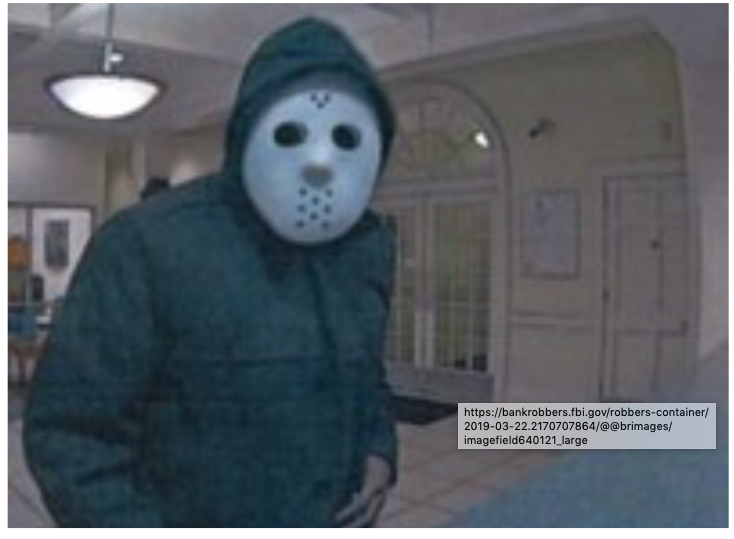 Federal Bureau of Investigation
Federal Bureau of Investigation 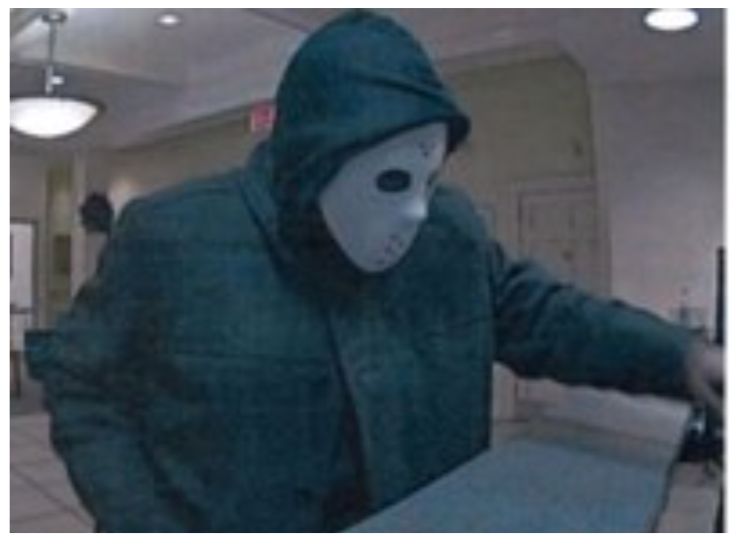 Federal Bureau of Investigation
Federal Bureau of Investigation  Federal Bureau of Investigation
Federal Bureau of Investigation 